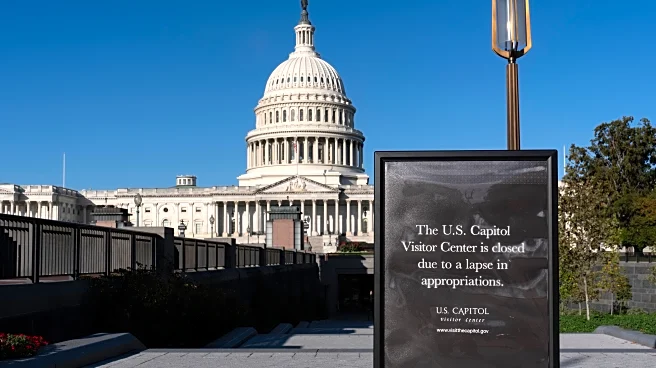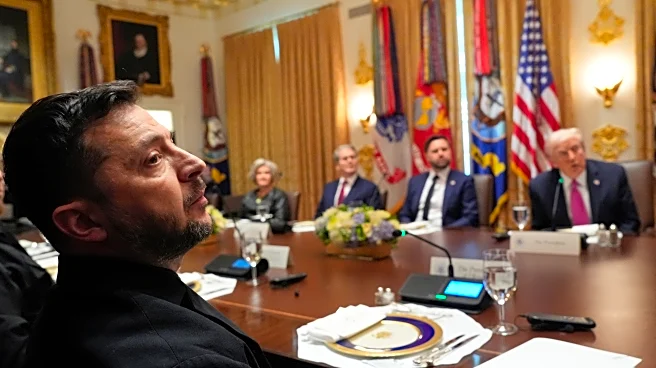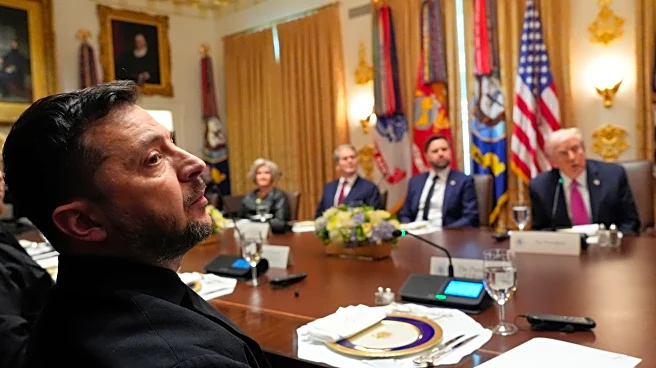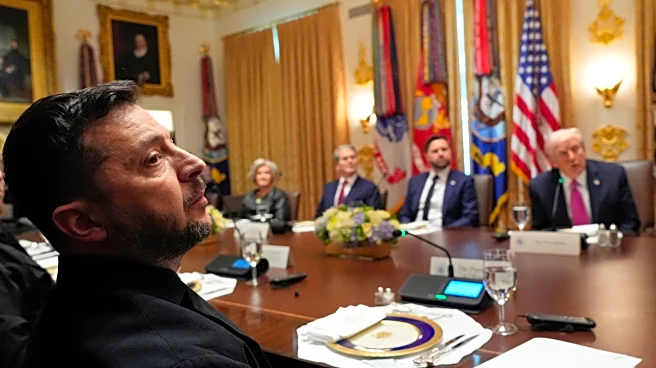What's Happening?
Colleges and universities are experiencing heightened antitrust scrutiny, with several lawsuits challenging their collaborative practices under the Sherman Antitrust Act. Recent cases, such as Henry v.
Brown University and Hansen v. Northwestern University, allege that institutions conspired to fix tuition prices and financial aid formulas. A federal judge in Illinois recently dismissed a class action against 40 private universities, but the case is part of a broader trend of antitrust litigation targeting higher education. These legal challenges stem from practices that were once standard but are now viewed as potentially violating antitrust laws.
Why It's Important?
The intensifying antitrust scrutiny on higher education institutions could have significant implications for their operational practices and financial models. As litigation increases, colleges and universities may need to reassess their collaborative efforts, particularly in areas like financial aid and athlete compensation. The potential for large settlements, as seen in House v. NCAA, where the NCAA agreed to a $2.8 billion settlement, highlights the financial risks involved. This shift in legal landscape may prompt institutions to adopt more independent decision-making processes to mitigate antitrust risks, potentially altering the dynamics of higher education.
What's Next?
Higher education institutions are advised to document their policies independently and avoid sensitive discussions with peers to reduce antitrust exposure. Legal counsel should be involved in key meetings to address potential antitrust concerns. As antitrust litigation continues to evolve, colleges and universities must adapt to the changing legal environment, potentially leading to reforms in admissions processes and financial aid methodologies. The scrutiny may also influence future regulatory actions by the Federal Trade Commission and the Department of Justice.
Beyond the Headlines
The antitrust scrutiny in higher education raises ethical questions about the balance between collaboration and competition. While coordination among institutions can enhance educational offerings, it may also limit access and affordability for students. The legal challenges could drive a cultural shift towards greater transparency and fairness in higher education, impacting how institutions engage with students and manage their financial aid policies.














